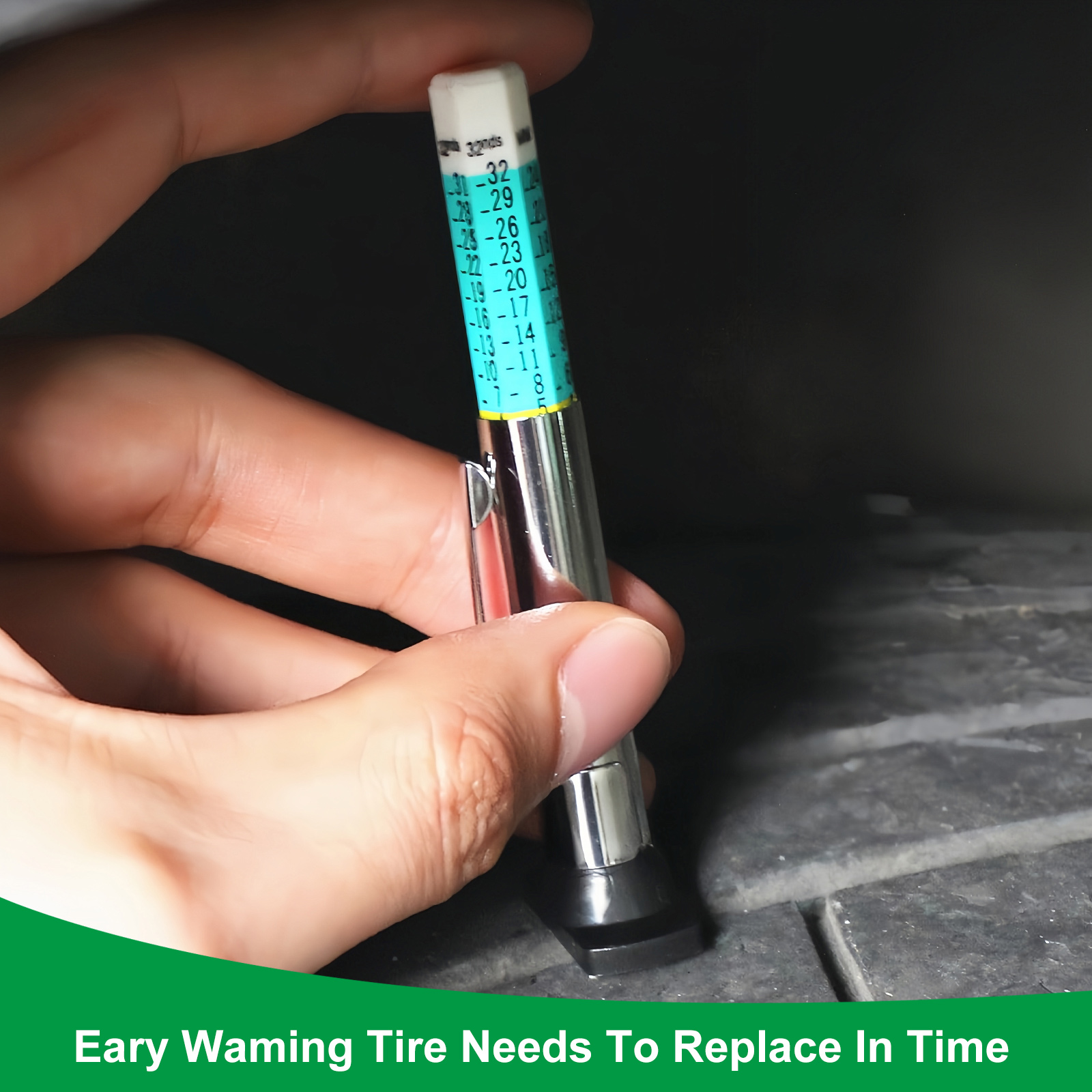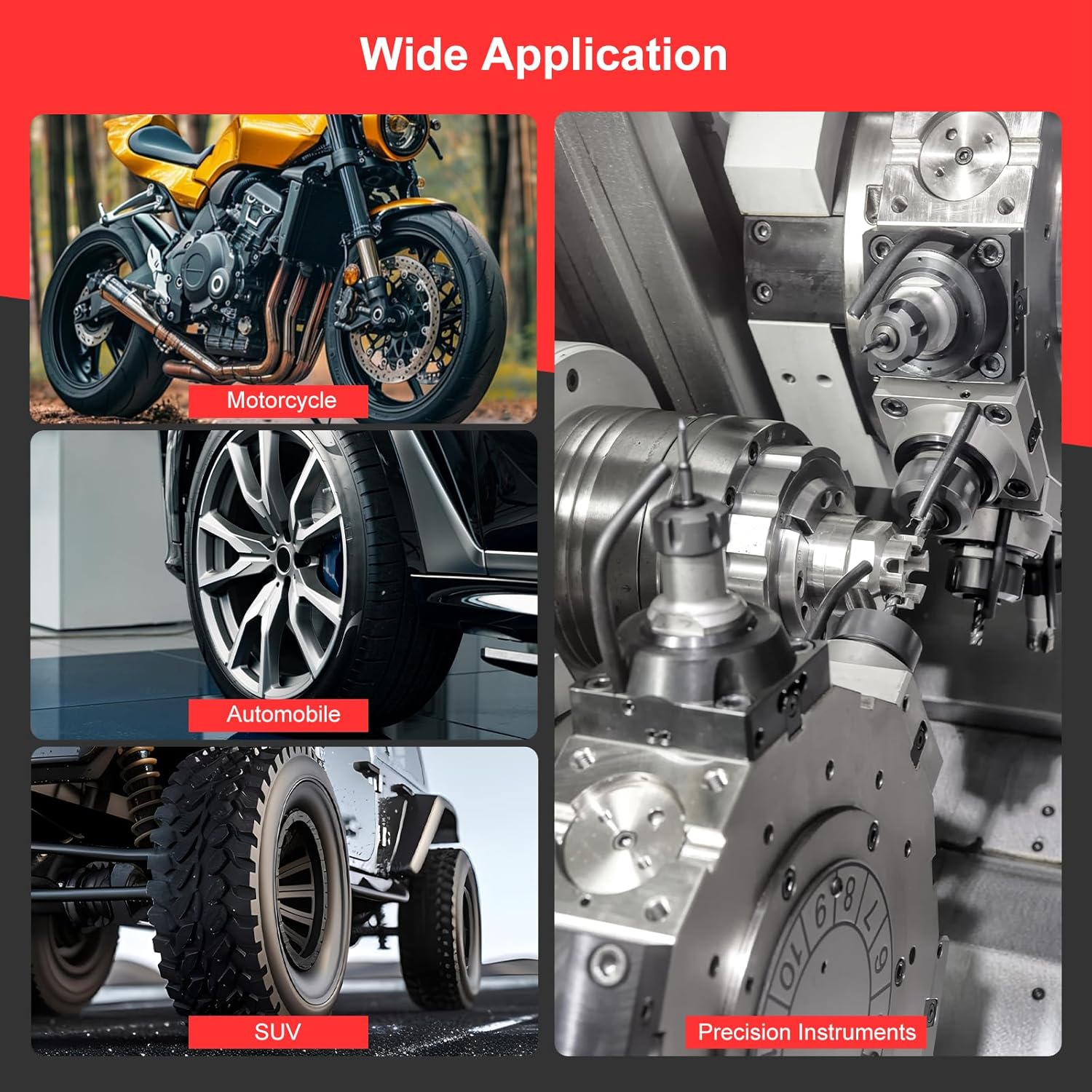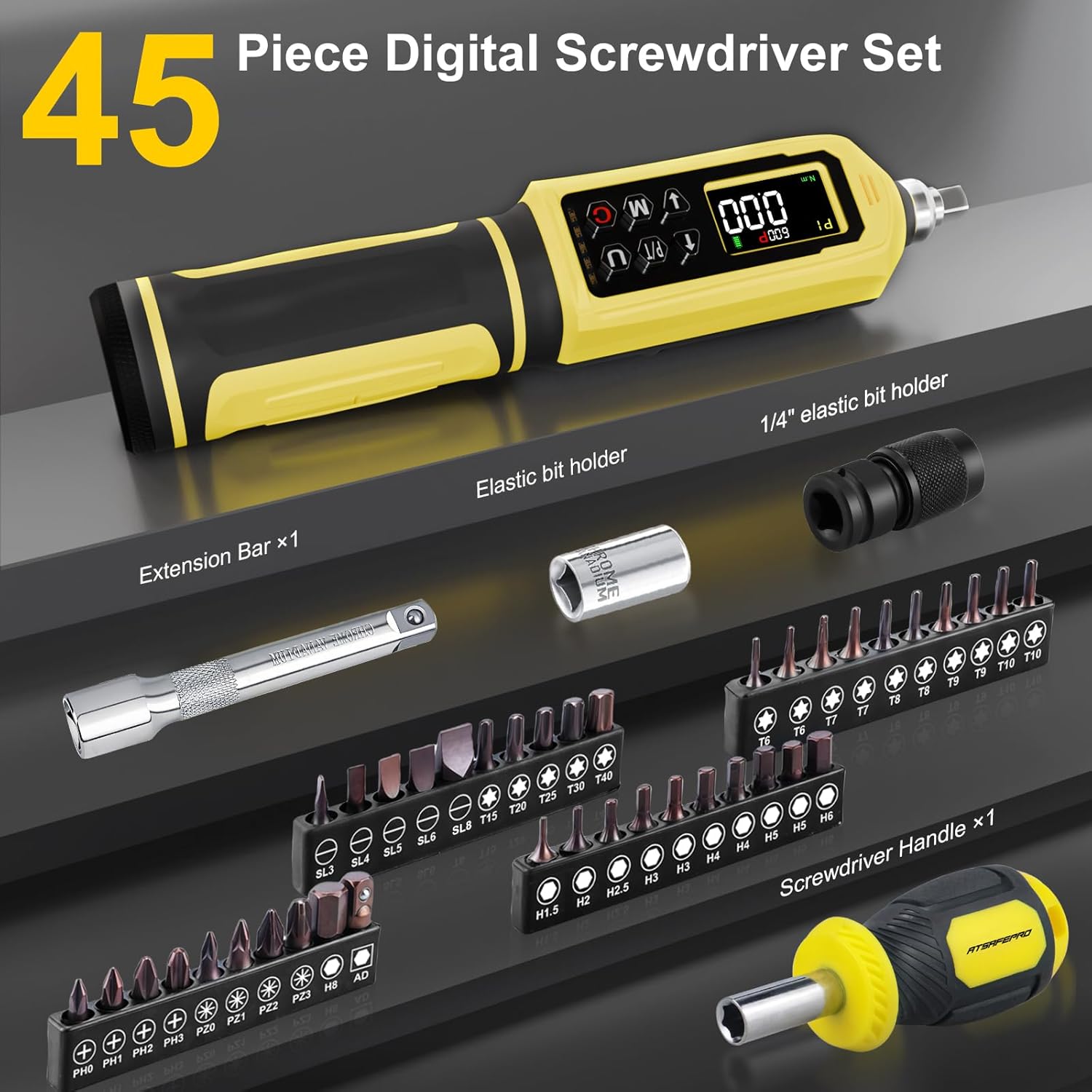Ensuring your vehicle's safety is a multifaceted task, but few components are as critical as your tires. They are the only point of contact between your car and the road, making their condition paramount for grip, handling, and braking. A key aspect of tire maintenance that is often overlooked is tread depth. Regularly checking this with a reliable tire tread depth gauge is a simple, inexpensive step that can prevent accidents, improve fuel economy, and save you from potential fines. Understanding how to monitor your tire wear is a fundamental skill for any responsible driver.
Why Is Tire Tread Depth So Important?
The intricate patterns on your tires aren't just for looks; they are engineered to channel water, slush, and snow away from the contact patch, allowing the rubber to maintain a firm grip on the road surface. As the tread wears down, its ability to evacuate this water diminishes drastically. When your tires can't clear water fast enough, a thin layer of water can build up between the tire and the road, causing the vehicle to lose traction and slide uncontrollably—a dangerous phenomenon known as hydroplaning. Tires with shallow tread are significantly more prone to hydroplaning, and they also require longer distances to stop, even on dry pavement. Most jurisdictions have a legal minimum tread depth, typically 2/32 of an inch. To help drivers with a quick visual check, tires are manufactured with a built-in tire tread wear indicator. These are small, raised bars of rubber located in the bottom of the circumferential grooves. When the tire tread wears down to the same level as these indicator bars, it means the tire has reached the 2/32-inch legal limit and must be replaced immediately.
Choosing Your Tire Depth Measurement Tool
While the built-in indicators are useful for identifying a completely worn-out tire, proactive safety requires more precise monitoring. This is where a dedicated tire depth measurement tool comes in. These devices offer accurate readings, allowing you to track wear over time and plan for replacements before your tires become a safety hazard. There are several options available, but one of the most common and reliable is the analog tire depth gauge. This simple mechanical tool typically features a probe that extends from a small cylindrical body. It's durable, requires no batteries, and provides clear, easy-to-read measurements in both 32nds of an inch and millimeters. For those who prefer a digital display, electronic versions of a tire tread depth checker are also widely available, offering an instant numerical readout. While many people use the 'penny test' as a quick reference, a proper gauge provides the accuracy needed to make informed decisions about your tire's health and your safety on the road.
How to Measure Tire Tread Depth Correctly
Using a gauge is a straightforward process that anyone can perform in their own driveway. Learning how to measure tire tread depth accurately will empower you to take control of your vehicle’s maintenance schedule. First, park your car on a flat, level surface to ensure you can access the tires easily and get an accurate reading. Take your gauge and insert the pin or probe into one of the main circumferential grooves of the tire. Avoid placing it on the raised tread blocks themselves or the small wear indicator bars. Gently press the base of the gauge firmly and flatly against the surrounding tread blocks until it stops. Without moving the tool, read the measurement indicated on the scale or digital display. To get a comprehensive picture of your tire's condition, it is crucial to take measurements in multiple locations. Check the inner, middle, and outer grooves across the tire's width. Uneven wear—for instance, more wear on the inside edge than the outside—can signal problems with wheel alignment, tire pressure, or suspension components. Repeat this process for all four tires, as front and rear tires often wear at different rates.
What Do Your Tread Depth Readings Mean?
Once you have your measurements, you need to understand what they signify for your safety. A new passenger car tire typically starts with about 10/32 or 11/32 of an inch of tread depth. As you drive, this depth decreases. If your readings are 6/32 of an inch or more, your tires are in good condition with plenty of life left. When the depth reaches 5/32 of an inch, you should start planning for new tires, as their performance in wet or snowy conditions will begin to decline. At 4/32 of an inch, the tire's ability to resist hydroplaning is significantly reduced, and you should consider replacing them soon, especially if you live in a region with frequent rainfall. Once the tread depth measures 3/32 of an inch, the tire is approaching the end of its safe life and replacement is strongly recommended. At 2/32 of an inch or less, the tire is legally bald in most areas and is extremely dangerous. It offers minimal grip in adverse conditions and must be replaced without delay.
Making Tire Checks a Regular Habit
Regularly inspecting your tires is one of the most important maintenance habits you can develop. It costs very little time and money but provides an invaluable return in safety and peace of mind. By investing in a quality tire tread depth gauge and incorporating a check into your monthly routine—perhaps at the same time you check your tire pressure—you can monitor wear patterns, catch potential alignment or suspension issues early, and ensure you replace your tires before they become a critical safety risk. Don't wait for the tire tread wear indicator to tell you it's too late. Be proactive, stay informed, and drive with the confidence that your vehicle is as safe as it can be, starting from the ground up.






